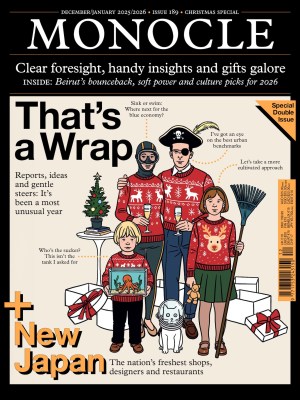How a pregnancy craving led to Dubai chocolate and a new chapter for Emirati food culture
In 2021, Dubai-based entrepreneur Sarah Hamouda gave into her pregnancy cravings and, without knowing it, created a viral sensation.
When Dubai-based entrepreneur Sarah Hamouda was grappling with pregnancy cravings in 2021, she never imagined that she would also give birth to one of the most remarkable Emirati food-and-drink success stories in history. Dubai chocolate consists of a brick-like bar roughly the same thickness as a deck of cards, loaded with pistachio cream, tahini paste and crunchy knafeh (shredded filo pastry). The original was made by Hamouda’s Fix Dessert Chocolatier. At a relatively hefty AED68 (€16), not everyone could afford it, so cheaper alternatives to the unpatented indulgence began to proliferate, creating an entire Dubai-chocolate ecosystem.
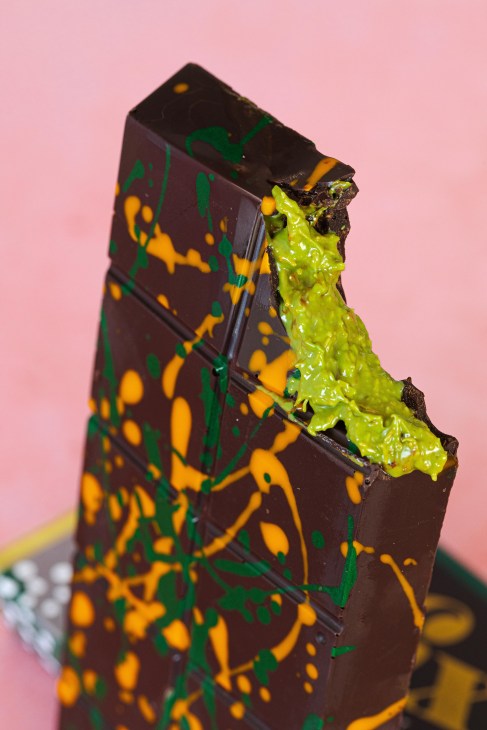
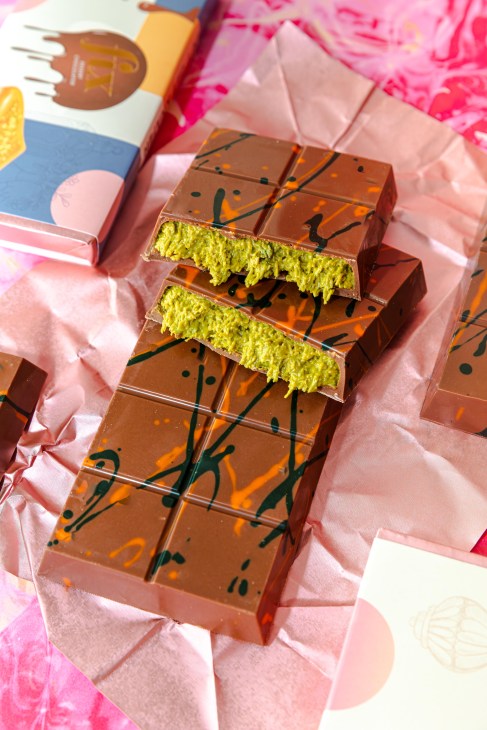
Since then, makers from London-based chocolatiers Maison Samadi to Swiss heavyweight Lindt and German supermarket chain Lidl have come up with versions of Hamouda’s best-selling creation. Chocoart uae has launched knafeh pistachio chocolate and Chocovana Chocolaterie has taken batch orders for their pistachio-stuffed bars. Noon Minutes – Dubai’s express delivery service – has collaborated with luxury brand Vocca to make its own. Dubai Duty Free says that it sold $22m (€19m) worth of various brands of Dubai chocolate in the first quarter of 2025, equivalent to 1.2 million bars. The sweet that began as an experiment in Hamouda’s home hadn’t just gone viral – it had become ubiquitous.
What do you do when a product takes on a life of its own? Hamouda’s business partner and husband, Yezen Alani, admits feeling frustrated by copycat bars. Hamouda is more sanguine. “It’s incredibly flattering,” she tells Monocle. “It’s a testament to how influential Dubai’s appetite for creativity and innovation has become. It doesn’t annoy me. In fact, it makes me proud to have played a part in defining what Dubai chocolate means.”
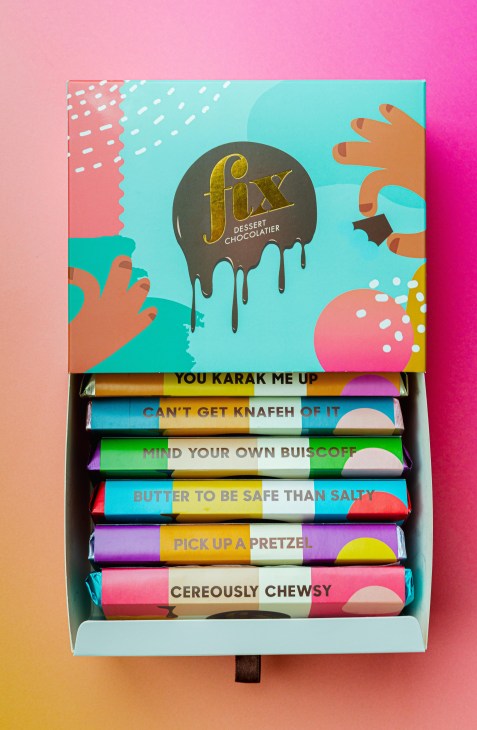
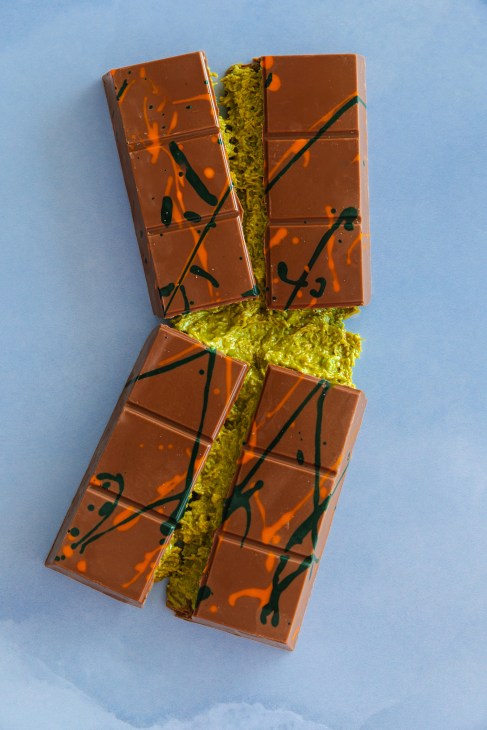
Imitation bars often have little of the gooey indulgence of Fix’s original creation, mainly because these cheaper, mass-produced versions are designed to have a longer shelf life. Yet all of this activity has proved to be an inspiration for Fix.
“We’re exploring collaborations, expanding our flavours and looking into new ways in which people can experience us,” says Hamouda, hinting at plans for international expansion. She hasn’t forgotten where those first bars came from. “I think that people genuinely felt the creativity, care and authenticity behind it,” she says. “It wasn’t just another chocolate bar. Fix has become about much more than just chocolate.”



